Celebrations to commemorate the 744th death anniversary of Mevlana Jelaluddin al-Rumi's passing, known as "Sheb-i Arus" (the night of union), ended Sunday in the central Anatolian province of Konya where he is buried.
President Recep Tayyip Erdoğan, Tourism and Culture Minister Numan Kurtulmuş, former prime minister and Konya deputy of ruling Justice and Development Party Ahmet Davutoğlu, Konya mayor Tahir Akyürek, and the vice presidents of the ruling party Ahmet Sorgun and Erol Kaya attended the Sheb-i Arus ceremony.
Scores of domestic and foreign visitors were also among the participants.
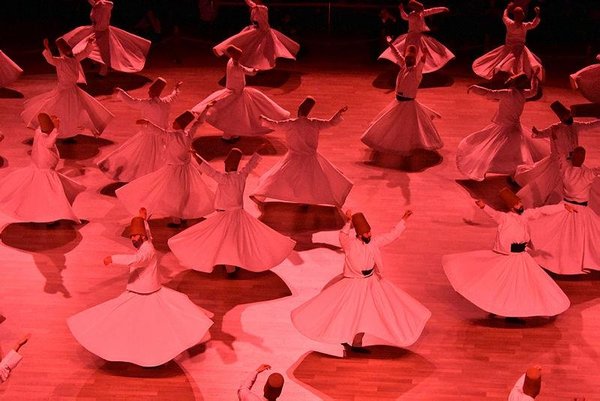
Centered around the theme the "Time of Brotherhood", this year's celebrations took place between Dec. 7-17.
The 10-day commemoration covered more than 1,300 programs including international symposiums, exhibitions, workshops, auditions, meetings and a Mevlana movie screening, alongside Mesnevi lectures in Turkish and English.
The commemoration ended with a special ritual called Sema, also known as Mevlevi Ayin-i Sherif.
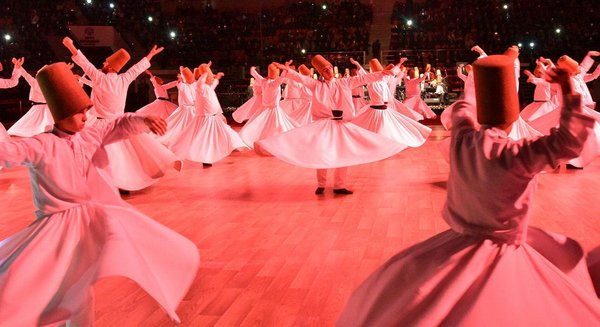
An indispensable part of Mevlevi Order, Sema is a "whirling" act accompanied by music and characterized by certain rules.
The ritual, beginning with "Nat-i Sherif", a music in praise of Prophet Mohammad, is followed by the entrance of the Semazen, whirling dervishes performing the dance, into the area, with their arms across their chests to the accompaniment of music, usually the reed.
As the Semazen begins the whirling ritual, they take off the waistcoat, as an indication for stepping into purification, deserting the ego aside.
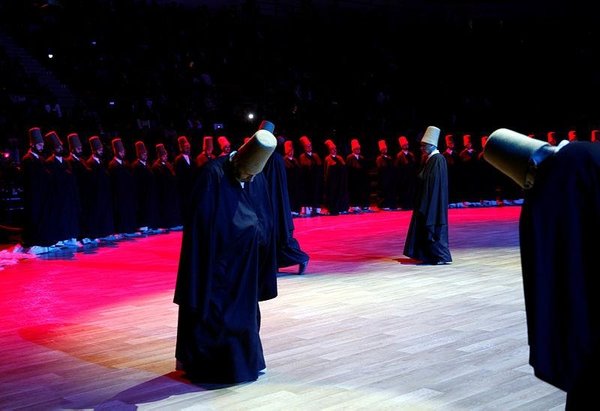
As a ritual full of symbols, everything, from acts to clothes, bears a meaning in Sema.
For instance, the Semahane (Ritual Quarters) has a round floor to represent the universe; the post on which the Sheikh, the leader of the ritual, is red as a symbol for the sunset, the time of the day Rumi united with God.
The post, a beginner of Mawlavi Order sit on, is black. In his "journey of enlightenment", the new initiate comes to earn a white "post".
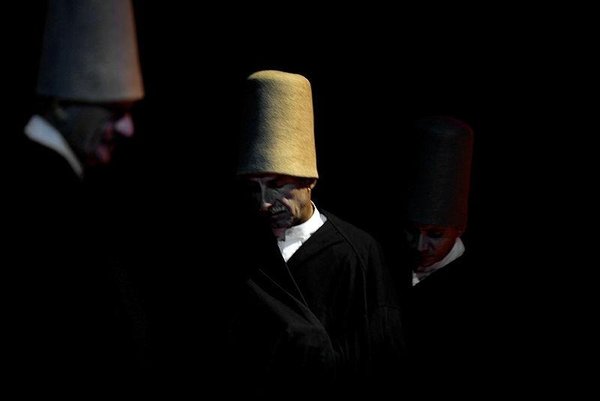
As they whirl, the semazens, dressed in a symbolic costume of white robes and a conical hat called a sikke, open both arms to the sides and whirl in a counter-clockwise direction, like an embracement of the entire universe.
The right hand with an open palm extended upwards indicates reception from God, passage through the heart's path. The left hand with the palm extended downwards indicates fair distribution among fellow men. At this point, there is also emphasis on the dervish's dissolving into divine existence.
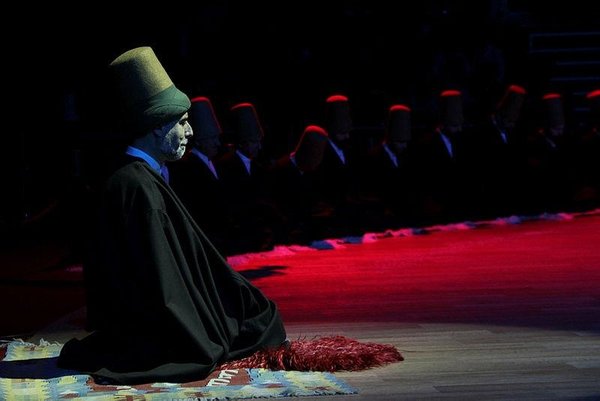
Finalized with greetings of peace by semazens, the sema usually ends with a recitation of the Quran.
Described as one of the most exquisite ceremonies of spirituality, the whirling of the dervishes is an act of love and faith possessing a highly-structured form.
As part of the Sufi movement founded in 1273 after the death of poet, philosopher and mystic Rumi, Sema is declared one of the "Masterpieces of the Oral and Cultural Heritage of Humanity" by UNESCO in 2008.